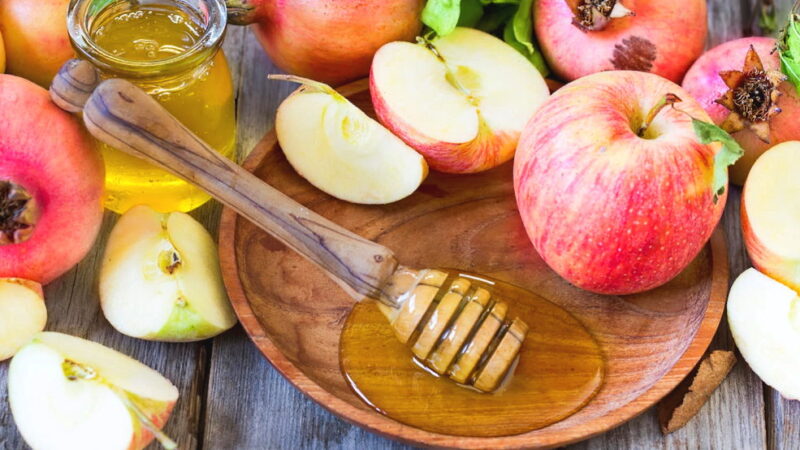Rosh Hashanah falls on the first day of Tishrei, the first month of the Jewish calendar, and marks the Jewish New Year.
History
Rosh Hashanah is mentioned in both the Bible and the Mishnah, a key Jewish legal text first compiled around 200 CE. Many people associate this holiday with the start of a new life cycle and even the creation of the world itself. The Mishnah also lists other notable dates in the Jewish calendar, such as Nisan 1, Elul 1, and Shevat 15.
Interesting Facts
- On the second day of Rosh Hashanah, it is traditional to eat exotic fruits that have not yet been tasted that season.
- Each year, many Hasidim travel to Ukraine on pilgrimage to mark one of the most meaningful events in their tradition.
How to Take Part
During Rosh Hashanah, you can attend synagogue services, pray, and participate in the tashlich ceremony, where bread is thrown into flowing water to symbolize casting away sins. Enjoy traditional foods like challah, representing the continuity of life. To welcome a sweet new year, eat apples dipped in honey. You can also learn a few Hebrew phrases, explore Jewish culture and history, or host a New Year’s gathering with family and friends.
When is Rosh Hashanah in 2025?
Rosh Hashanah begins on the first day of Tishrei each year, which falls on different dates on the Gregorian calendar.
Observations
| Weekday | Month | Day | Year |
| Monday | September | 22 | 2025 |
| Sunday | September | 13 | 2026 |
| Friday | October | 1 | 2027 |
| Wednesday | September | 20 | 2028 |
| Monday | September | 10 | 2029 |




